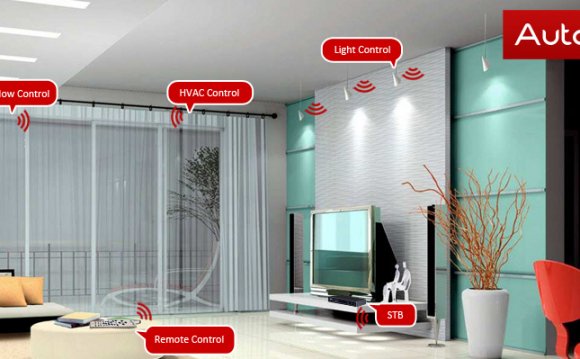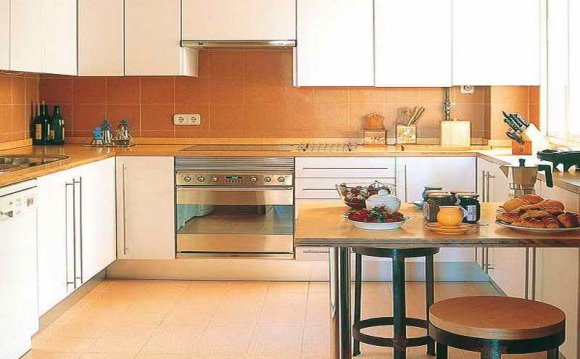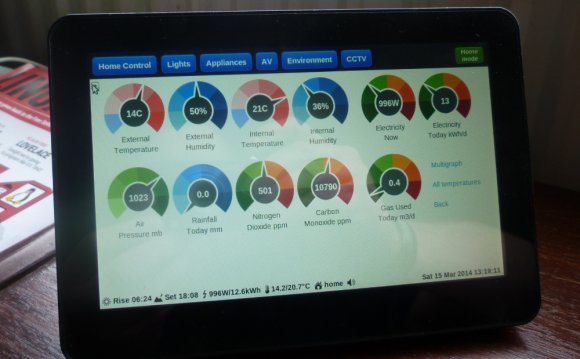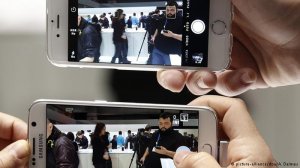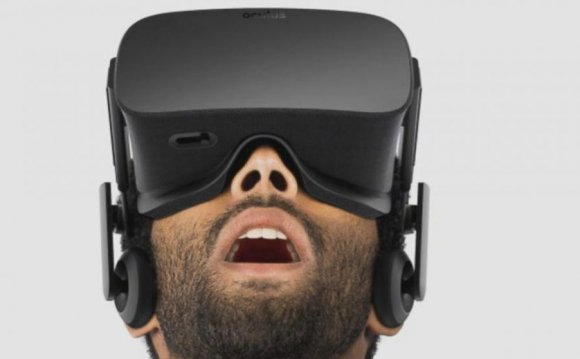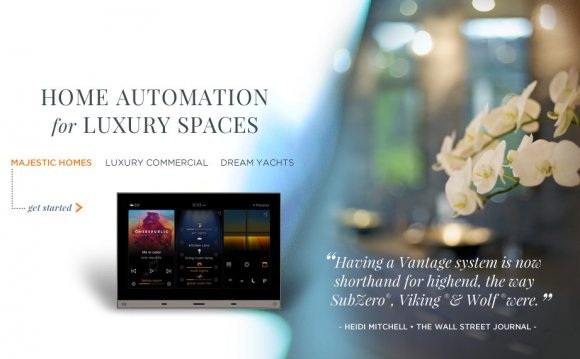
Even though it is far from conventional, more smart home technology is needs to appear in industry. Energy provider Npower recently began providing Nest, the wise main home heating operator from Bing into the UK, and just last year, competing British Gas established its internet-connected main heat, Hive.
But beyond the big energy providers, a industry is promising to integrate computer control to the home. Previously, businesses such Lutron were similar to intelligent lighting set up in high-end houses.
Such as the trend on it consumerisation, wise home technology has become more accessible. As an example, electronics and white products manufacturer Philips' Hue household provides a Wi-Fi-enabled light that fits into a standard light socket and can be produced to dim and change color using a smartphone app.
Other companies, particularly D-Link, are focusing on remote security alarm, such as its Wi-Fi-connected CCTV cameras. Motorised curtains and shutters could be controlled remotely via RS434 control bins. Meanwhile, wise television and stereo gear producers such as for example Sonus offer products appropriate for the Digital life system Alliance (DNLA) specification, which means that they play media and will be managed via a local area system.
What a number of the newer smart residence services and products have commonly is they tend to be underpinned by internet connection and cloud solutions, and, collectively, they're section of just what the IT business calls online of things (IoT). The products offer some degree of intelligence – either integral or via the cloud – and may contain a sensor, such as for example in internet-connected CCTV digital cameras, fire alarms and thermostats.
Long-life devices
Unlike a smartphone, central heating systems and white products including refrigerators and washing machines generally final a reasonable number of years. However some more recent domestic appliances might have wise technology integrated, customers cannot need upgrade to take advantage of exactly what a smart home can potentially offer.
However these timescales are not appropriate for the six to 18-month schedules that apparently drive electronic devices.
Past experience has shown the computer business doesn't have the desire for food or the determination to guide products which might be available for ten years.
This past year, British Gas’s Connected houses company went a competitors where startups were asked to display smart energy technology for the house. Even though there were an abundance of revolutionary item demonstrations, an accountable property owner might question if the technology being embedded in the house, together with companies offering it, lasts providing the bricks and mortar.
Smart home used
Computer Weekly recently visited your home of Martin Vesper, CEO of digitalSTROM, a German business who has developed technology to connect up the wiring in a home to make it a good residence.
A computer built into an electric block is used to incorporate cleverness to devices attached to mains electricity. The terminal block resembles the one an electrician would used to link a light change to the main illumination circuit, although existence of a computer implies the switch features cleverness.
Based on Vesper, the technology has been designed in such a way that a light switch will not only be dimmed and will measure electricity usage, it may also gather information via the on-board computer system.
digitalSTROM
These devices communicates, making use of powerline Ethernet, to a mainboard positioned next to the house's fusebox, which prevents the need for Wi-Fi connectivity. Vesper states: “We have the ability to just take a current residence, which might be 20 or 30 years old, making it wise.”
Once the electric devices or light switches are attached to the smart terminal blocks, and networked across mains, each may then be identified on system and managed independently. This is why the system versatile in contrast to the fixed wiring in a home.
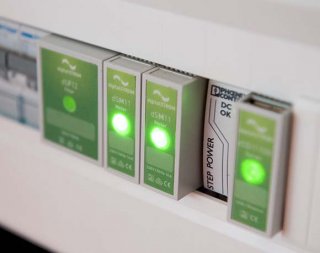 “In a typical house with fixed wiring, if you'd like to change anything, you'll want to make the change to the equipment, ” states Vesper. “although digitalSTROM system is software-driven. I Could change how the light runs via a tablet or PC, and suddenly it is configured to do something different.”
“In a typical house with fixed wiring, if you'd like to change anything, you'll want to make the change to the equipment, ” states Vesper. “although digitalSTROM system is software-driven. I Could change how the light runs via a tablet or PC, and suddenly it is configured to do something different.”
Software controlled
In Vesper's vision, an intelligent residence should always be configurable making use of software, rendering it flexible. It should additionally be feasible to combine activities such a light switch being toggled to orchestrate a number of tasks.
For instance, an individual turn on the digitalSTROM system, which manages the dining room, can be reconfigured to modify on other lights, such as the hallway or kitchen. “You may also do new things and combine events such as for instance a doorbell and a hi-fi system, ” he said. Such a setup might be familiar with announce that someone reaches the doorway.
The digitalSTROM system makes use of a central control console and Linux host, built in the home’s fuse box, which offers a way to share data between various other smart terminal blocks to co-ordinate activities and monitor events, such as for instance whenever a smoke detector happens to be tripped.
The system uses orchestration pc software from Tibco to link occasions together. This allows a light switch, a door bell or an alarm, such as for instance a smoke detector, to fire down many events. Because the action regarding the switch (or alarm) is split from trigger event (such as for example pushing the doorway bell), you can reconfigure its behaviour. During the demonstration, Vesper revealed just how his living area switch might be reconfigured to switch from the lights when you look at the kitchen area in addition to those in the dining room.
The notion of consumer-configurable solutions for smart domiciles is amongst the utilizes for a technology known as IFTTT (should this happen, after that accomplish that). The theory is that the user can trigger an action predicated on a meeting.
As customers add individual wise products, they will certainly realize brand new jobs that this mix of gadgets could addressFrank Gillett, Forrester
A new iPhone application known as Manything is using IFTTT to make a classic iPhone into a CCTV tracking system. For a month-to-month cost of £4.99, two old iPhones can be setup to act as movement detectors and record movie if movement is detected.
In a post commenting on Manything, Ovum analyst Michael Philpott noted: “Home tracking and safety items can cost a huge selection of dollars to set up, after which work only with proprietary computer software, restricting the user regarding hardware option and overall functionality.
“Manything’s answer of utilizing current technology that consumers may curently have lying around, along with available software solutions eg IFTTT, shows an even of innovation that many in the industry could learn from.”
Total solutions
Though some people are contemplating residence automation, most cannot justify the price. In Forrester's European Technographics Devices and Telecom study 2013, 31per cent of adults said they certainly were enthusiastic about remote use of all of the lights in their residence, centered on a survey of 12, 567 folks in Europe. The study found 34per cent were thinking about remote power management, and 31per cent had been thinking about security alarm. However, nearly half those surveyed are not interested in having remote use of light control.
Residence automation, like the system manufactured by digitalSTROM, could be extremely pricey. Something as seemingly simple as changing on a light remotely can include huge in advance prices in a system.










